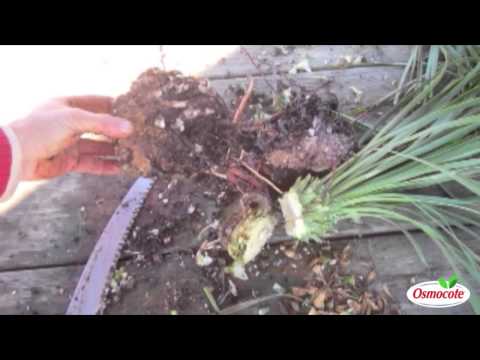Guide to Botanical Nomenclature
Views: 5473

Perhaps I’ve portrayed an image of this guy who leads a charmed life. Gardening all the time in great places – every gardener’s dream. Well, I also have the business side of several enterprises that take time and require things that are not much fun, like accounting, public relations, time and resources management, and endless miles in a truck. I also study botanical nomenclature on occasion.
This weekend I spent untold hours drawing and then painting in watercolors some graphics of a really cool garden I recently installed at an office building in Columbia. In this neck-of-the-woods, there are no contemporary gardens, so I jumped on this 1960s renovation. It had all the complications of dealing with a multitude of architects, construction companies, etc, but the biggest challenge was doing a pretty plan for the artwork for the lobby!
Botanical Nomenclature
I’m kind of a messy guy, neither drawing nor editing is easy for me. But I know the value of communication, understanding scientific naming of plants is part of that.
Here are a few of the basics of botanical nomenclature, as I understand them.
– GENUS. This is sort of like your last name, but it comes first for plants. It ties a group together just like Mr. DEARING ties him to his brothers, sisters, wives, etc. Hemerocallis ties one daylily to all the rest.
– Specific epithet is just like your first name, but it indicates that one group of a genus is all the same. So, Homerocallis flava is just a specifier, telling us that all in the genus with these specific characteristics are called flava.
– Finally, cultivar. Humans dont have anything quite comparable, but its similar to a clone. It means that a certain group is EXACTLY alike (flower size, color, leaf width- everything) each is exactly like the first. So Hemerocallis flava Variagata are all the same plant but distinct from the norm by variegated leaves.
– Writing these things is standardized, too, so: Genus specific epithet cultivar are always written that way. The first two are italicized; the third is in single quotation marks: Hemericallis flava Longissima
Meet Jenks Farmer
Jenks's Recent Posts

Beans: A Nurse Crop for Perennials








